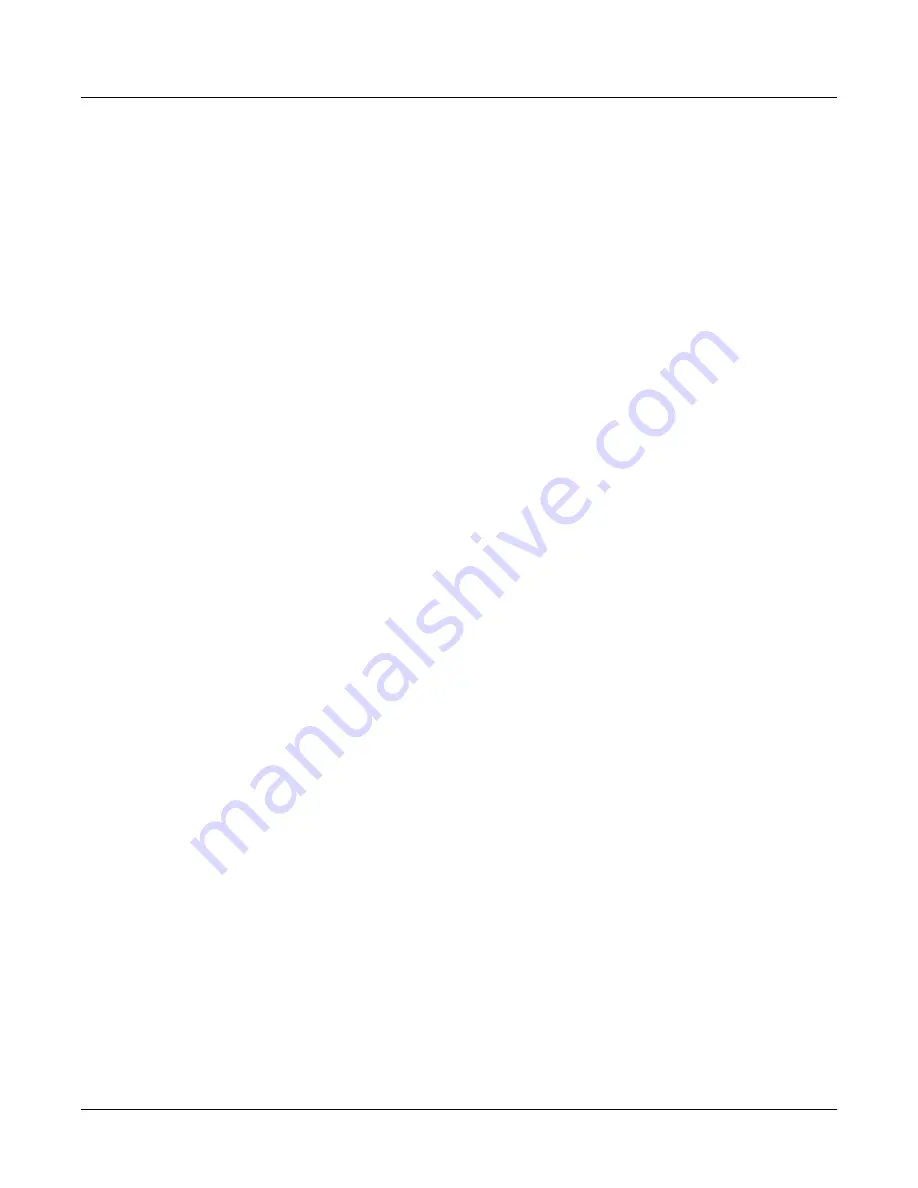
2-8
Operation Overview
Data Entry
The Chan/Layer Buttons
To the left of the display are two buttons labeled
Chan/Layer
. Their function depends on the
current mode. In Program mode, for example, they shift through the MIDI channels, showing
the program assigned to each channel. This changes the MIDI channel the X-Pro uses internally,
as well as the channel you’re using to send information to other synths connected to the X-Pro’s
MIDI Out port (MIDI slaves). Changing the current MIDI channel also changes the
corresponding setting on the MIDI mode TRANSMIT page. When you press both
Chan/Layer
buttons at the same time you will be returned to Channel 1. See the
PC3 Musician’s Guide
User
Interface Basics Chapter for more shortcuts you can make with double button presses.
When you’re in the Program Editor, the
Chan/Layer
buttons let you view each layer in the
program. You can see the corresponding parameters in each layer by scrolling through the layers
with these buttons. In the Setup Editor, the
Chan/Layer
buttons scroll through the zones in the
current setup. In Quick Access mode, they scroll through the Quick Access banks, and in Song
mode they scroll through recording tracks.
The Edit Button
The
Edit
button is located to the left of the display. It activates each of the X-Pro’s editors, and
acts as a shortcut to many pages within the Program Editor. Pressing the
Edit
button tells the X-
Pro that you want to change some aspect of the object marked by the cursor. For example, when
a program is selected and you press
Edit
, you enter the Program Editor. If a setup is selected,
you enter the Setup Editor.
There are editors accessible from just about every operating mode. To enter an editor, choose one
of the modes (mode selection), and press
Edit
. An editing page for that mode will appear. You
can then select parameters (navigation) and change their values (data entry). If the value of the
selected parameter has its own editing page, pressing the
Edit
button will take you to that page.
For example, in the Program Editor, on the PITCH page, you might see
LFO1
assigned as the
value for Pitch Control Source 1. If you select this parameter (the cursor will highlight its
value—
LFO1
in this case), then press the
Edit
button, you’ll jump to the page where you can
edit the parameters of LFO1. Naturally, you can find every page in the current editor by using
the soft buttons, but often it’s easier to use the
Edit
button shortcut.
The Exit Button
The
Exit
button is located to the right of the display. Press
Exit
to leave the current editor. If
you’ve changed the value of any parameter while in that editor, the X-Pro will ask you whether
you want to save your changes before you can leave the editor. See the
PC3 Musician’s Guide,
Chapter 5 for information on saving and naming. The
Exit
button also takes you to Program
mode if you’re on the entry level page of one of the other modes. If at some point you can’t seem
to get where you want to go, press
Exit
one or more times to return to Program mode, then try
again.
Data Entry
The data entry section of the front panel includes the Alpha wheel, the
Plus/Minus
buttons, and
the 14-button alphanumeric pad.
The Alpha Wheel
The Alpha Wheel is especially useful because it can quickly enter large or small changes in
value. If you turn the Alpha Wheel one click to the right, you’ll increase the value of the
currently selected parameter by one increment. One click to the left decreases the value by one






























